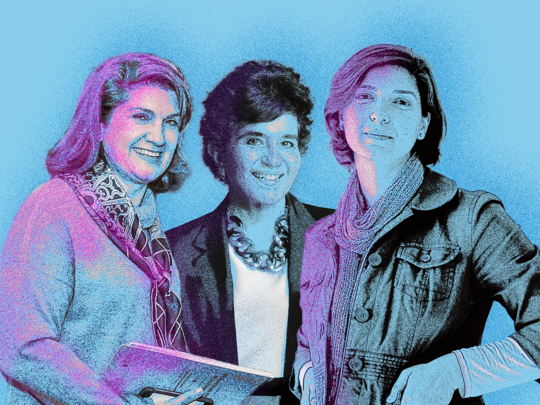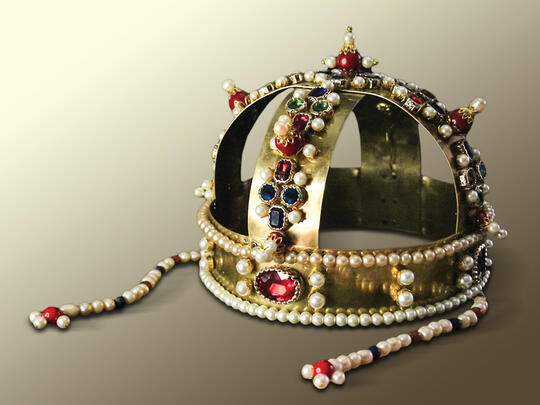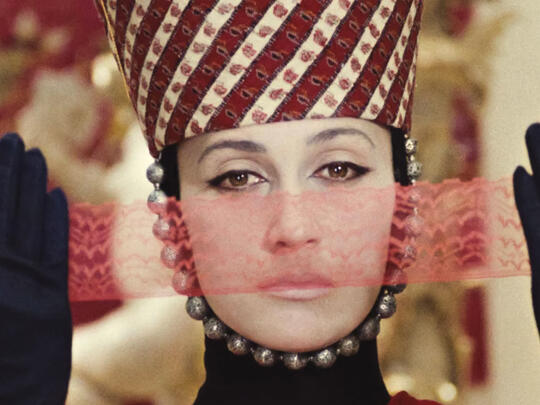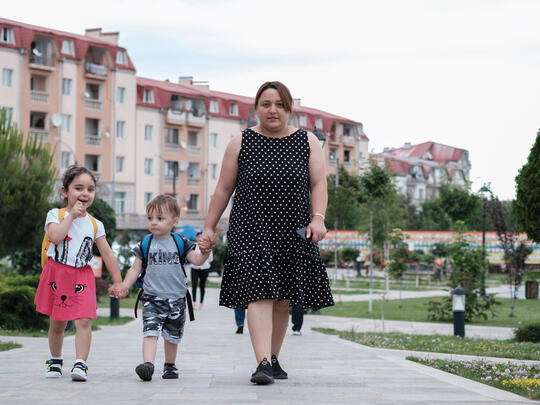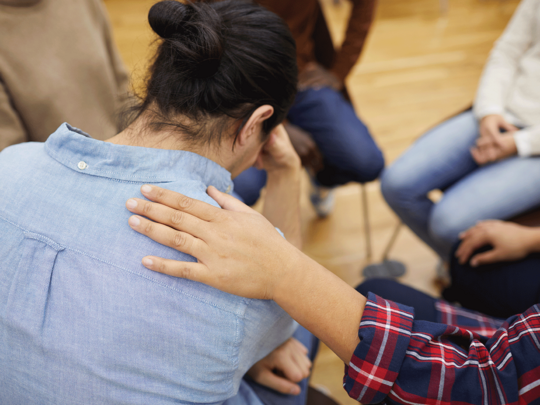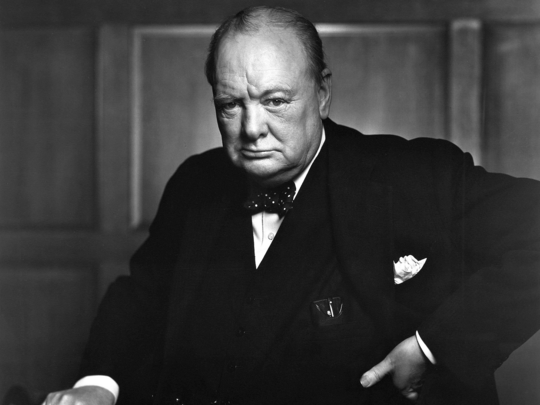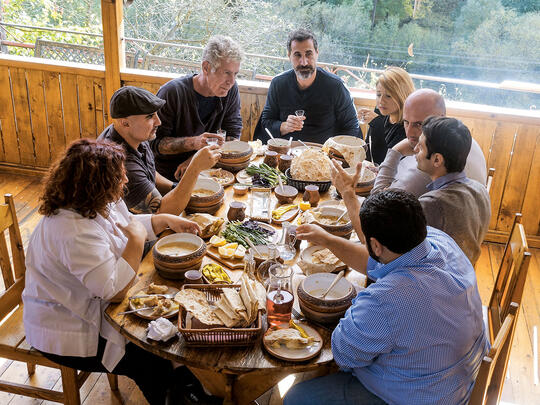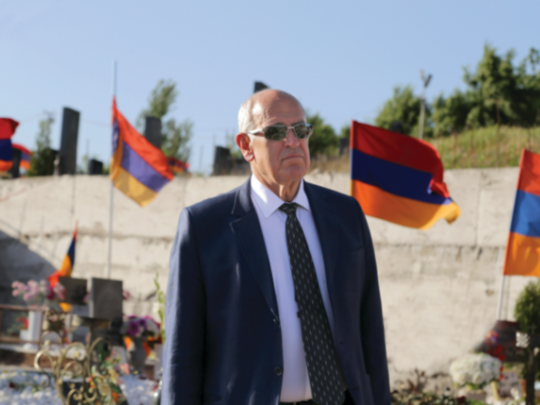Sébah & Joaillier, Phebus, Gulmez Frères, Abdullah Frères. The list of prominent Armenian photographic studios during the Otto-man Empire goes on for pages. Throughout the Empire, Armenians were reputed for their scientific and business acumen as well as their abilities as craftspeople and artists. Not surprisingly then, they played a key role in the development of photography and photographic processes of the late 19th and early 20th century. Under the Ottomans, in fact, many Armenians served the mighty Sultans as court photographers. Sultan Abdul Hamid II, in particular, commissioned many of the renowned Armenian photographers to document the far reaches of the Ottoman Empire and to create albums that were presented as gifts to western dignitaries. Many of the studios set up shop in the tony Pera neighborhood or closely adjacent. Some of the more enterprising ones became international in scope: Abdullah Frères and Studio Sébah even established branches in faraway Cairo, Egypt. In time, the word “photographer” and “Armenian” would become almost synonymous throughout the Middle East.
Studio Sébah was perhaps the most prominent of all. Pascal Sébah (1823-1886) was born to an Armenian father and a Syrian Catholic mother. He quickly rose to prominence and in 1857 opened a renowned studio “El Chark Société Photographic” at 439 Grande Rue de Pera. When Istanbul Academy of Fine Arts founder Osman Hamdi Bey needed a photographer to record the peoples and costumes of the Ottoman Empire for the 1873 Vienna World Fair, he naturally turned to Sébah. That same year, the Armenian expanded his business by his Cairene studio Cairo and in 1888 he took on a French partner named Polycarpe Joaillier—hence “Sébah and Joaillier.” The business continued to prosper and achieve unparalleled renown, even adding the Sultan and Kaiser Wilhelm II of Germany to its long list of clients.
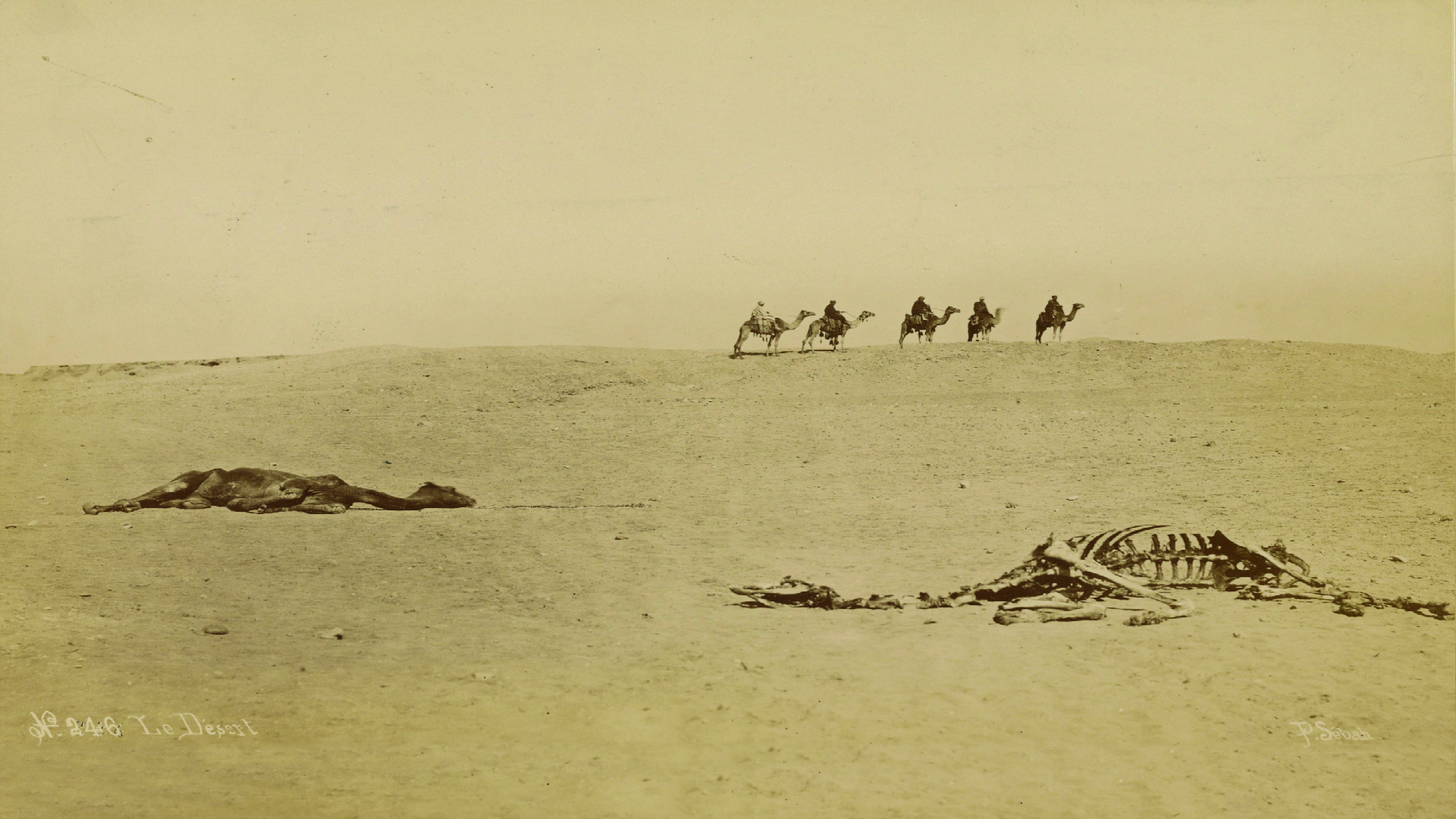
As to what did these Armenians owe their remarkable prominence, the answers are manifold: some surprising, others less so. Julia Grimes notes in a 2014 essay “Armenians and Armenian Photographers in the Ottoman Empire” in The Public Domain Review, “Due to the frequent employment of Armenians as chemists, goldsmiths, and pharmacists, many possessed the skills necessary for photography, in particular a thorough knowledge of the chemical processes used in development.” Strangely enough, religion and portability also factored into the equation, the first because Armenians were often persecuted and the latter because of Muslim aniconism, i.e. the ban on pictures of humans and/or other sentient beings. In his 1981 AUB master’s thesis on Armenian photographers in the Near East, Dickenson Jenkins Miller quotes a third generation Armenian photographer in Amman, Jordan: “Back in my grandfather’s day, many of us were able to acquire technical training in Turkey; we are Christians and have no worries about making pictures; above all, whenever we were persecuted we had to be able to swiftly begin life again “naked” in a new place. Skills cannot be stolen, and we could always get new lenses and paper whenever we fled.” A similar argument is often heard when explaining the historic affinity of Jewish merchants for trades such as finance and jewelry, since both money and jewels could be quickly stashed on clothing or in bags at the onset of a new pogrom and the knowledge of these trades taken along as well and used to rebuild their shattered communities.
In time, the word “photographer” and “Armenian” would become almost synonymous throughout the Middle East.
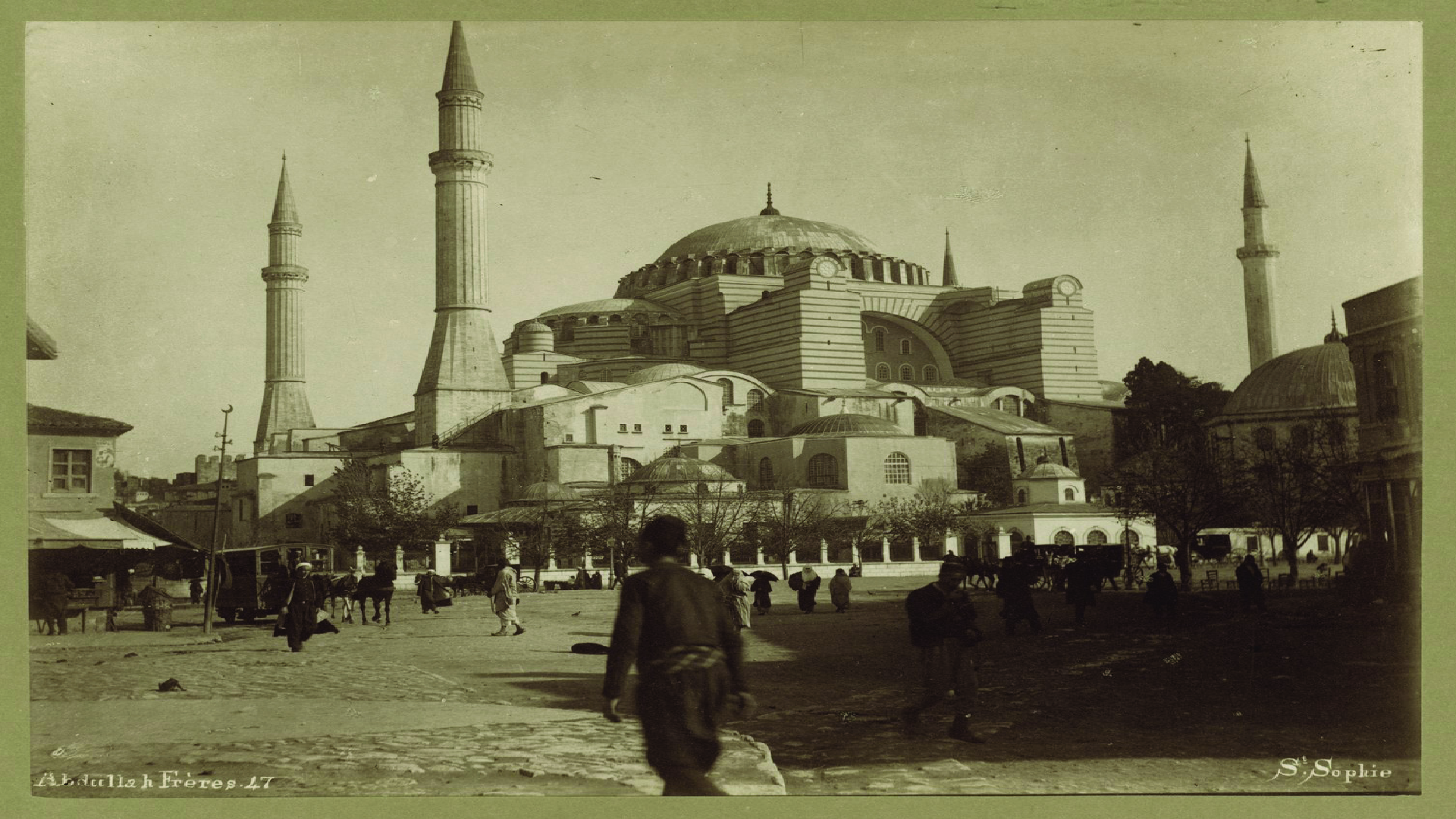
Cultural Workers Par Excellence
Armenian photographers were not only artistically skilled and technologically advanced: they also played an important role as cultural witnesses and visual historians. Before the Genocide, Armenian portrait photographers and studios were commissioned by leading Ottoman merchants and diplomats, but they also recorded life in faraway Armenian villages. Showing subjects clad in their most elegant finery and bearing often proud expressions, these family photographs were sometimes the only record to survive the Hamidian massacres of 1894-1897 and the ensuing deportations during the Medz Yeghern (Armenian Genocide) of 1915-1923. In her Public Domain Review piece, Grimes describes a bevy of pictures of “religious leaders, families, and individuals in full ethnic dress” and adds that “certain images also record details of life in other cities, including valuable views of their Armenian quarters.” The author discusses images as varied as a panoramic shot of the Armenian quarter in Broussa, a picture of the epic Galata Bridge, a simple but lovely trio of photos of “porter(s) and street vendors” and a remarkably colorful shot of a fire brigade that looks like a folk-dance ensemble, taken in 1880.
Curator of the newly formed Armenian Image Archive, Joseph Malikian also owns an important collection of Ottoman-era Armenian photographs, including the work of Haroutiun Derhagopian, or Artine as he was called, who fled his native Adana during the Armenian Genocide. Malikian echoes the thought of Badr El-Hage whose article “The Armenian Pioneers of Middle Eastern Photography,” in the Summer 2007 issue of The Jerusalem Quarterly, notes that before 1915 Armenians were the second largest minority group in Constantinople, surpassed in number only by the Greeks. As a wealthy minority, Armenians were keen to adopt western trends, ideologies, and innovative technologies, sometimes under the influence of Protestant and Catholic missionaries. Photography fell under this rubric, as would another techno-artistic hybrid a few decades later, namely the moving image known as film.
As Malikian explains, another perhaps more subtle factor contributed to the dominant role of the Armenians in the early history of photography, namely the rise of “Orientalism” and the influx of western tourists making their way to the Near East. Orientalism was both a positive and negative development. As theorist Edward Said noted in his eponymous classic of the same title, westerners admired the Orient but also exoticized it as dangerous other, a place to be enjoyed and exploited, but never truly respected or treated as an equal: “During the mid to latter part of the nineteenth century, there was growing interest and fascination with this region of the world. “Consequently ‘orientalism’ coincided with the invention of photography.” Tourists purchased photographs and albums of the historic sites of Antiquity and the scenic landscapes of the Near East. They were further captivated, Malikian wryly notes, by the “exotic” photographic images of the inhabitants or ethnographic “types” in their traditional costumes.
Skills cannot be stolen, and we could always get new lenses and paper whenever we fled.

Lebanon: The Promised Land
Turkey’s creative loss was the Middle East’s artistic gain. Post-Genocide, Armenian-run photo studios popped up all over the region. These included the Halladjian Studio in Haifa and the Guirogossian, Varoujian, and Sarafian studios in Beirut. Perhaps nowhere has the presence of Armenian photographers been greater than in Lebanon, the country that more than any other welcomed Armenians at the end of Ottoman Rule and in the aftermath of the Medz Yeghern or Armenian Genocide. In two books published in 2017 by Beirut publishing house Al Ayn in their series “Photographes du Moyen Orient,” photographer and curator Houda Kassatly introduced the world at large to Karnik Tellyan and Hovsep Abraham Madénian, also known as Saro. While working for the German giant Agfa, Tellyan developed revolutionary new ways to develop color film which the company then patented. For his part the Mardin-born Saro (1915-2012) specialized in posing Lebanese women to resemble Hollywood starlets while also shooting family and community pictures that chronicle early Armenian settlements in Greater Beirut and surrounding towns. Saro’s talent at raising portraiture to an art form relied heavily on several colorizing processes and techniques that he developed which intensified hues to an almost hyper-realistic level.
There are unfortunately no accurate statistics anywhere as to the number of photographers of note from any given ethnic group or religious community. But as Kassatly notes, once in Lebanon Armenians took up the professions that they had occupied in the Ottoman Empire and continued to excel: “The link between photography and Armenity was so strong that when I started in the profession, whenever I wore my camera around my neck, people would call out an Armenian name to catch my attention! Later, of course others entered the trade, but today many photo labs are still run by Armenians.” Kassatly likes to emphasize that Armenians were innovators as well and that their influence extended to related fields and technological developments: “They were the pioneers in portrait photography but also in photo labs and in areas such as image processing and color separation.” The longevity of this dominance perhaps surprises the most: “Looking at a map of the Hamra neighborhood at the beginning of the Lebanese Civil War in the mid 1970’s reveals that the majority of photographers in the neighborhood were in fact still Armenian.”
Due to the frequent employment of Armenians as chemists, goldsmiths, and pharmacists, many possessed the skills necessary for photography, in particular a thorough knowledge of the chemical processes used in development.
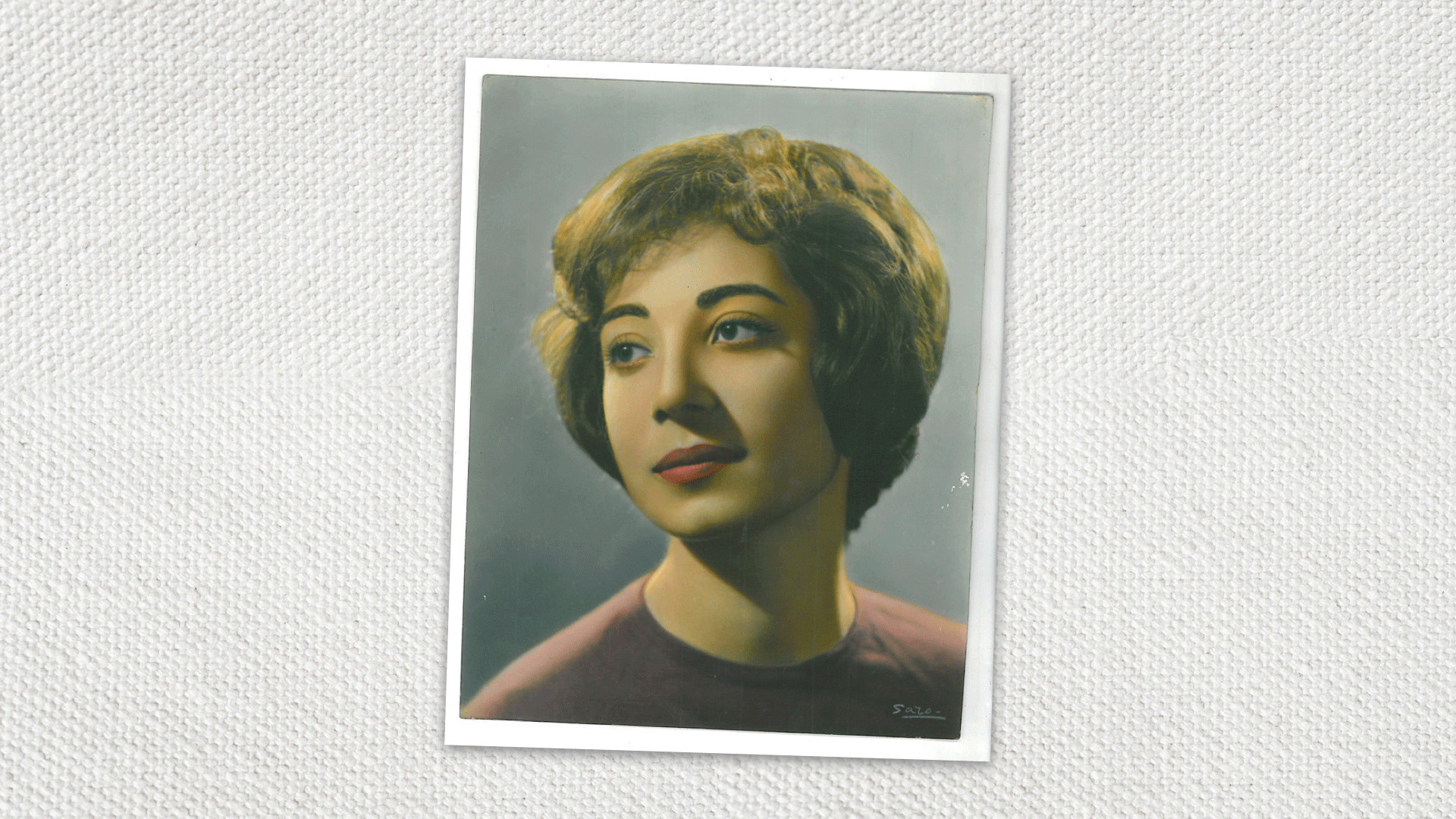
The Lithographers of New York
In fields related to or overlapping with photography per se, Armenians established themselves as leaders in the West as well. In trades such as photo retouching, color separation and photoengraving Armenians remained an important presence well into the late twentieth century as they mastered the art of lithography. In his 1991 opus “50 Years of Armenian Literature in France,” noted writer and theorist Krikor Beledian recounts how Armenians, having survived the depredations of 1915, set up countless printing presses and photographic studios in Marseille and Paris. These names may unfortunately mean little to contemporary readers, but well into the 1960’s and 70’s studios such as Arax Photos and Phebus lit up the French photographic firmament, along with dozens of printing houses and publishing houses who have now all shuttered.
And it was perhaps in lithography that Armenians held the most sway. The word lithography derives from the Greek for “lithos” or stone and “graphein” for writing, and historically refers to any print made on a stone and metal surface. One of its advantages—even in the age of modern printing—is that it is both accurate and aestheticized, producing eminently commercial yet “artistic” images. Armenians growing up in New York City in the late twentieth century may recall zooming downtown to eat at Melik Ohanian’s Dardanelles Restaurant on University Place and 10th Street. Here and in the neighborhood surrounding it—what is today referred to by its gentrified moniker as The Flatiron District—one will recall Armenian names that buzzed by with “Lithographer”written next to or underneath the recognizable “-ian” endings. Here and across the Hudson River, less recognizably but no less Armenian studios such as Master Eagle, Gotham Graphics and Quality abounded. And “uptown” on West 33rd Street, the Ajemian family ran the multigenerational Armen Press well into the 1990’s.
Scout Tufankjian, whose 2000 picture of the Obamas hugging on the campaign trail still stands as the most tweeted in history, once mused that Armenians may have been especially drawn to this medium because it seeks to emphasize a certain sense of existence and reality—proof of their and their community’s existential survival. It is perhaps both ironic yet understandable then that the Armenians, this fantastic tribe of global wanderers so attached to their roots and history, should have chosen an art form at once ephemeral and perpetual to make their mark on the world.
Learn more about the journey of Diaspora Armenians in business and industry on AGBU WebTalks, including: Armenian Merchants and the Origins of European Café Culture; Armenian Print Culture in the Early Modern Period; Marcara Avanchintz: Story of an Armenian Merchant.




